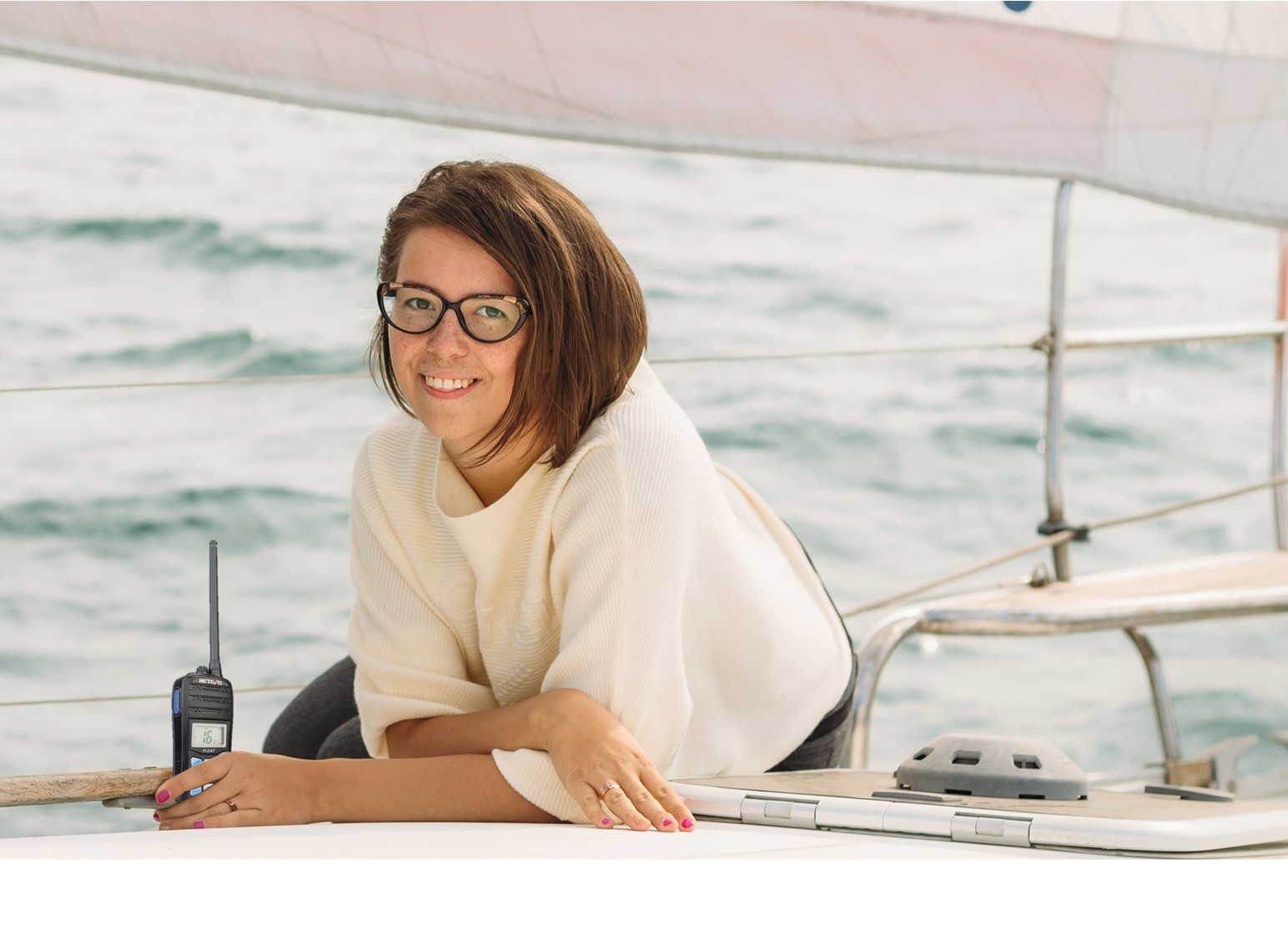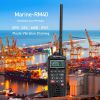About Marine VHF Radio

Marine VHF radio is installed on all large ships and most seagoing small craft.
It is used for a wide variety of purposes, including summoning rescue services and communicating with harbours, locks, bridges and marinas, and operates in the VHF frequency range, between 156 to 174 MHz. Although it is widely used for collision avoidance, its use for this purpose is contentious and is strongly discouraged by some countries, including the UK.

A marine VHF set is a combined transmitter and receiver and only operates on standard, international frequencies known as channels. Channel 16 (156.8 MHz) is the international calling and distress channel. Channel 9 can also be used in some places as a secondary call and distress channel. Transmission power ranges between 1 and 25 watts, giving a maximum range of up to about 60 nautical miles (111 km) between aerials mounted on tall ships and hills, and 5 nautical miles (9 km) between aerials mounted on small boats at sea-level. Frequency modulation is used, with vertical polarization, meaning that antennas have to be vertical in order to have good reception.

Modern day marine VHF radios not only offer basic transmit and receive capabilities, many package additional features that truly make these radios indispensable for the mariner. For the last several years all fixed mount marine VHF radios have required by certification some level of "Digital Selective Calling" (DSC) calling capability. Even the basic set has the ability to alert other boats, ships, and shore stations with a single button press. More expensive radios offer far more extensive DSC capabilities. These may include position polling or a variety of group calling options. Most mid-priced marine VHF radios integrate other features too. Many have the ability to connect to a remote microphone and act as an intership intercom system. Still others have a built-in hailer that when connected to an external hailer horn can act as a public address system and/or output required fog signals when conditions warrant. The most sophisticated marine VHF radios have an alphanumeric keypad for data entry, are able to connect to optional voice scramblers, and a few even have the ability to use a Bluetooth headset. The newest combination of features offered is the integration of a complete Class B AIS unit with a marine VHF radio.
If you want to know more about Marine VHF radio or buy some for your boat, please contact us any time: info@retevismarine.com, Retevis Marine Radio (@RetevisMarine).






